With over two decades of experience in residential and hospitality design, Tomasz Wuczynski has developed a reputation for thoughtful, emotionally resonant architecture. His portfolio includes boutique hotels, high-end office spaces, and premium housing. But no matter the scale or type, his focus is always the same: how space influences people.
This story begins with that question. And with a sketch which will later be rendered using Visoid.
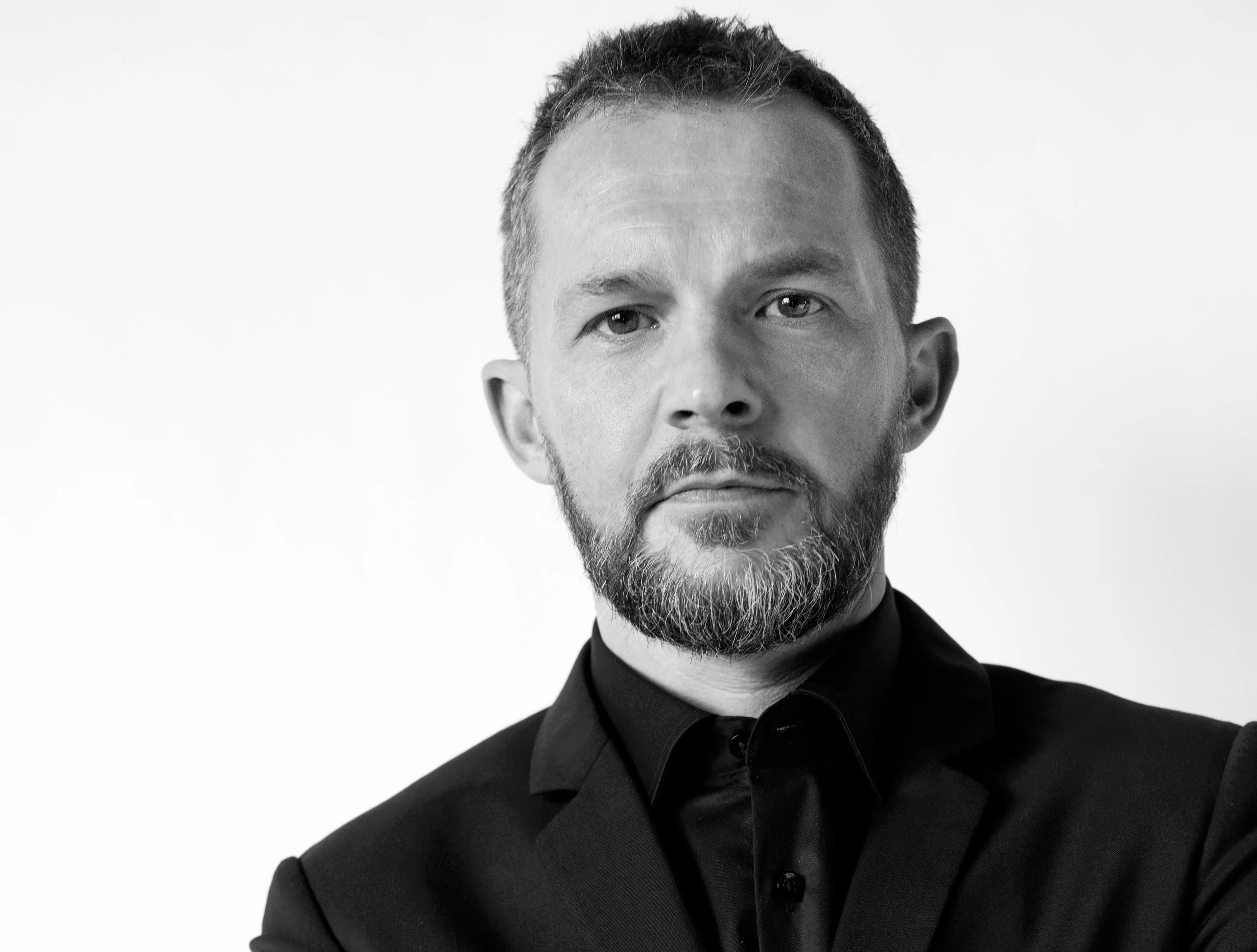
His work prioritizes long-term quality over short-term spectacle. “I tend not to chase temporary amazement, rather looking for long-term quality and functionality of what I am designing.”
That mindset shapes his entire process. Tomasz designs with an eye toward timelessness, simplicity, and emotional clarity. For him, architecture must resonate on a human level, instantly understandable, yet rich with meaning.
You should be able to describe a designed object in a single sentence. Something along the lines of: ‘I saw this house that…’ If a building can’t be described in one short statement, it means I haven’t reduced the project to its absolutely essential minimum.
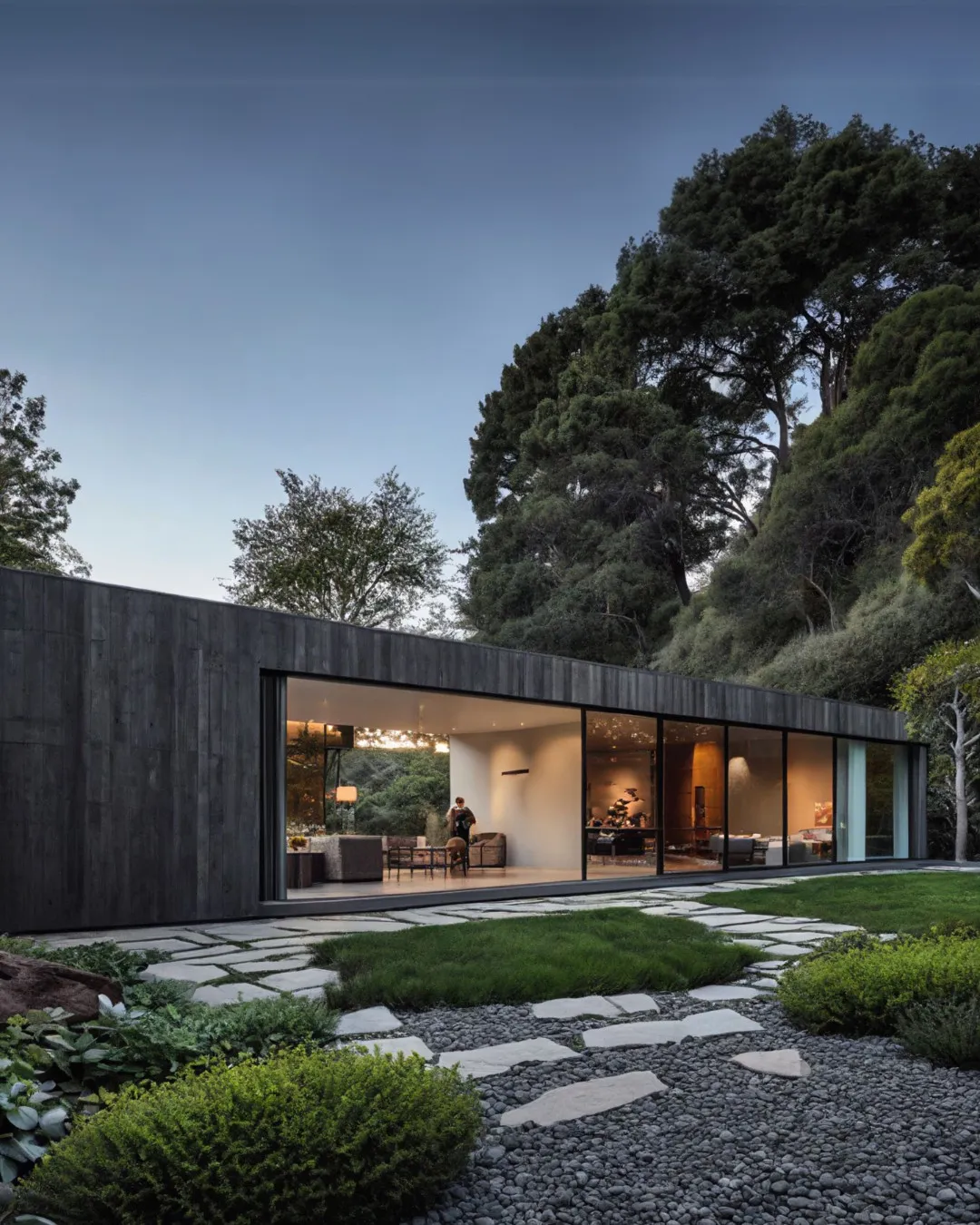
Tomasz’s workflow reflects this minimalist philosophy. Every project begins with a sketch, not a polished image, but a quick drawing that captures the narrative moment of the architecture. He describes this as a “characteristic moment in time and space,” a fragment of the experience the future building will create.
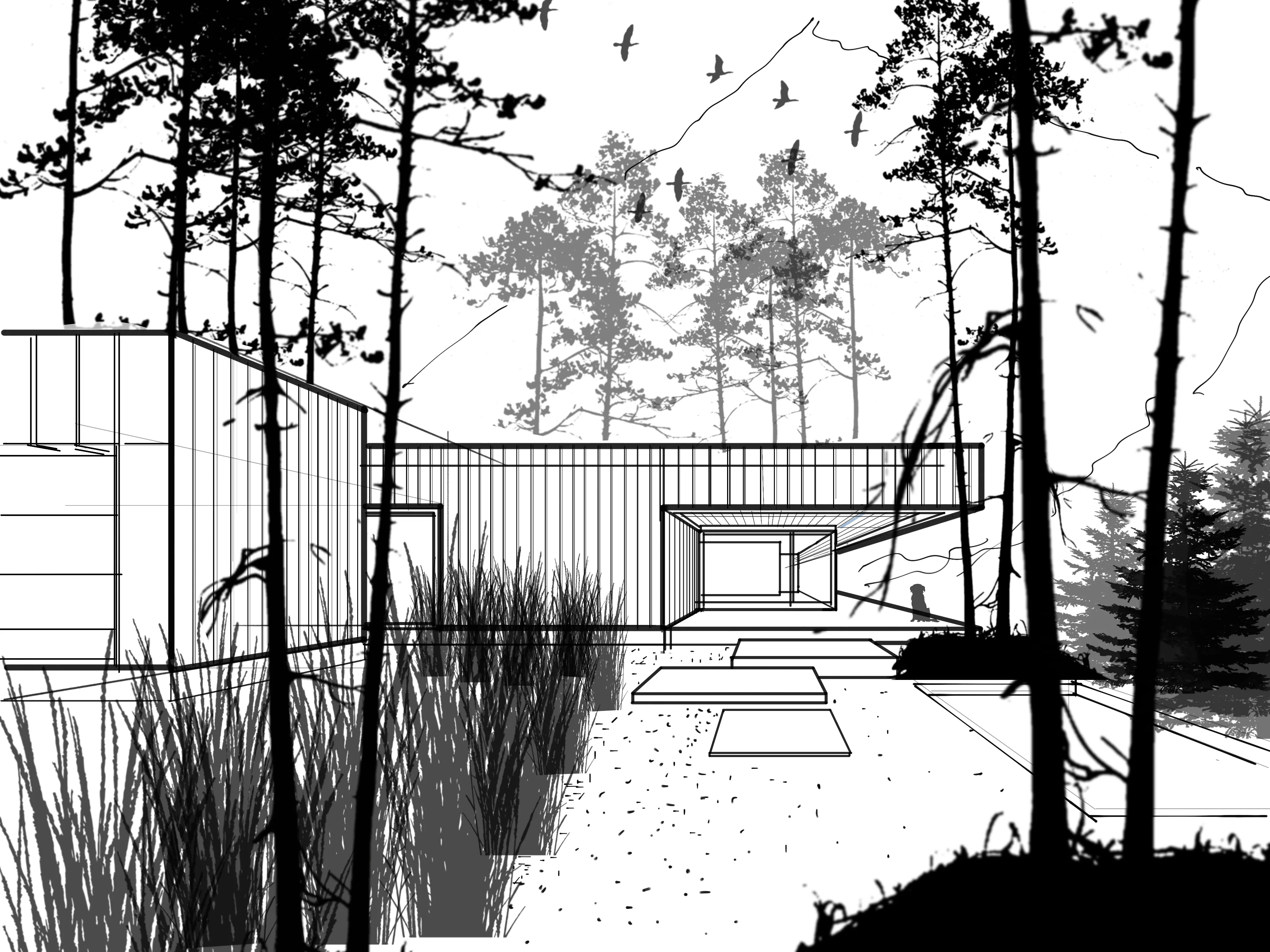
From there, he builds a simple 3D model, focusing on massing and major openings. This model serves not as an end in itself, but as a structural skeleton that helps him return to the sketch with proportion and scale grounded in reality.
This back-and-forth loop between drawing and modeling continues until the design achieves conceptual clarity. At this stage, Tomasz brings in Visoid.
I load this perspective drawing into Visoid, find a photo that matches the atmosphere I'm aiming for, and use it as a visual reference for the render.
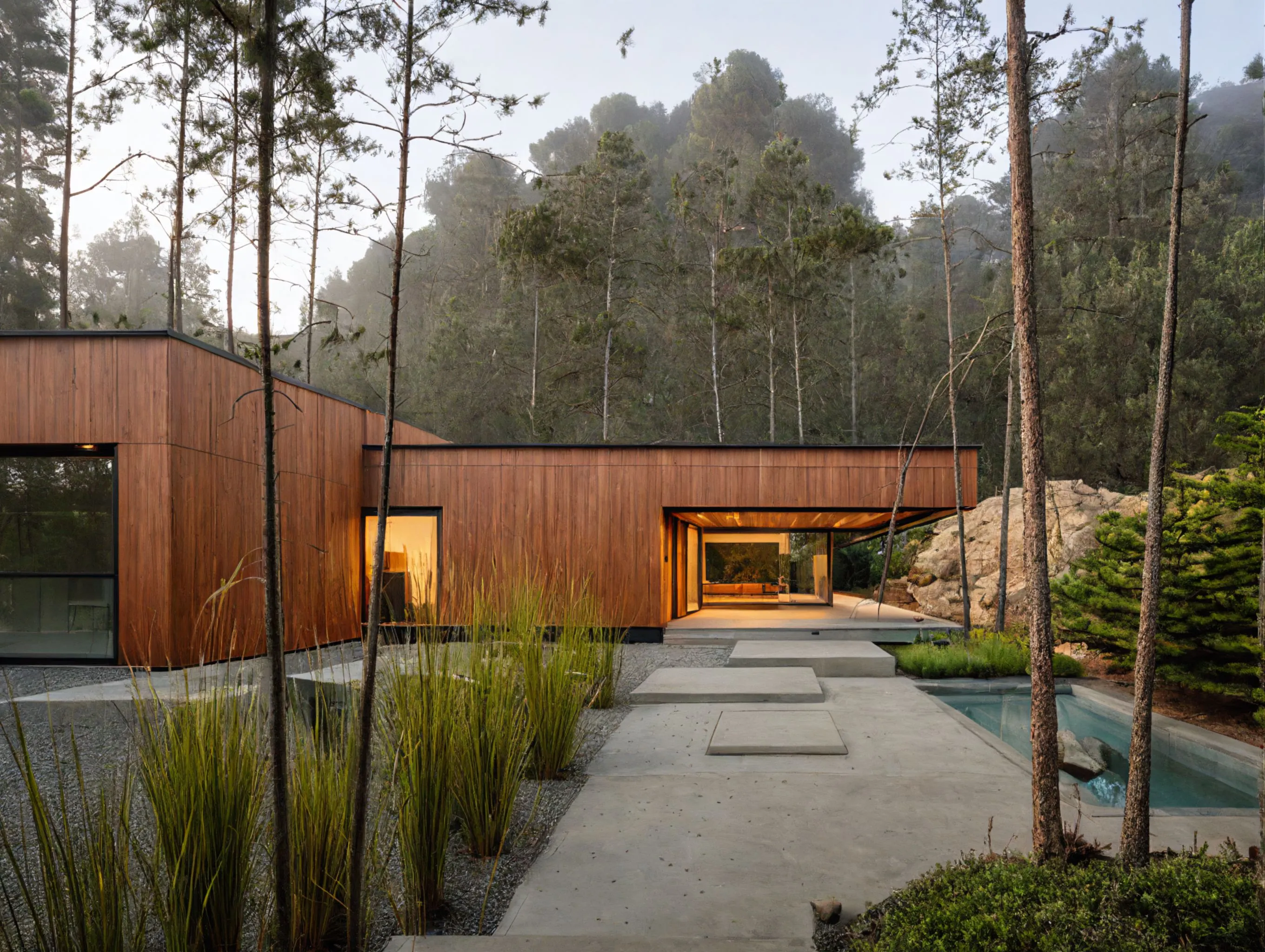
Tomasz doesn’t only use Visoid for polished final renderings. He uses it to test atmosphere, composition, and balance in the early stages, when visual intuition matters most.
Instead of over-editing, he prefers to work with the raw outputs. If something feels off, he returns to his sketch or reference image to reassess the composition. The result is a workflow that’s both fast and iterative, without sacrificing the depth of design thinking.
If the result isn’t satisfactory, I go back to the sketch-reference pair and try to identify which element — in either — is too dominant in the final image. I tweak the input images and render again.
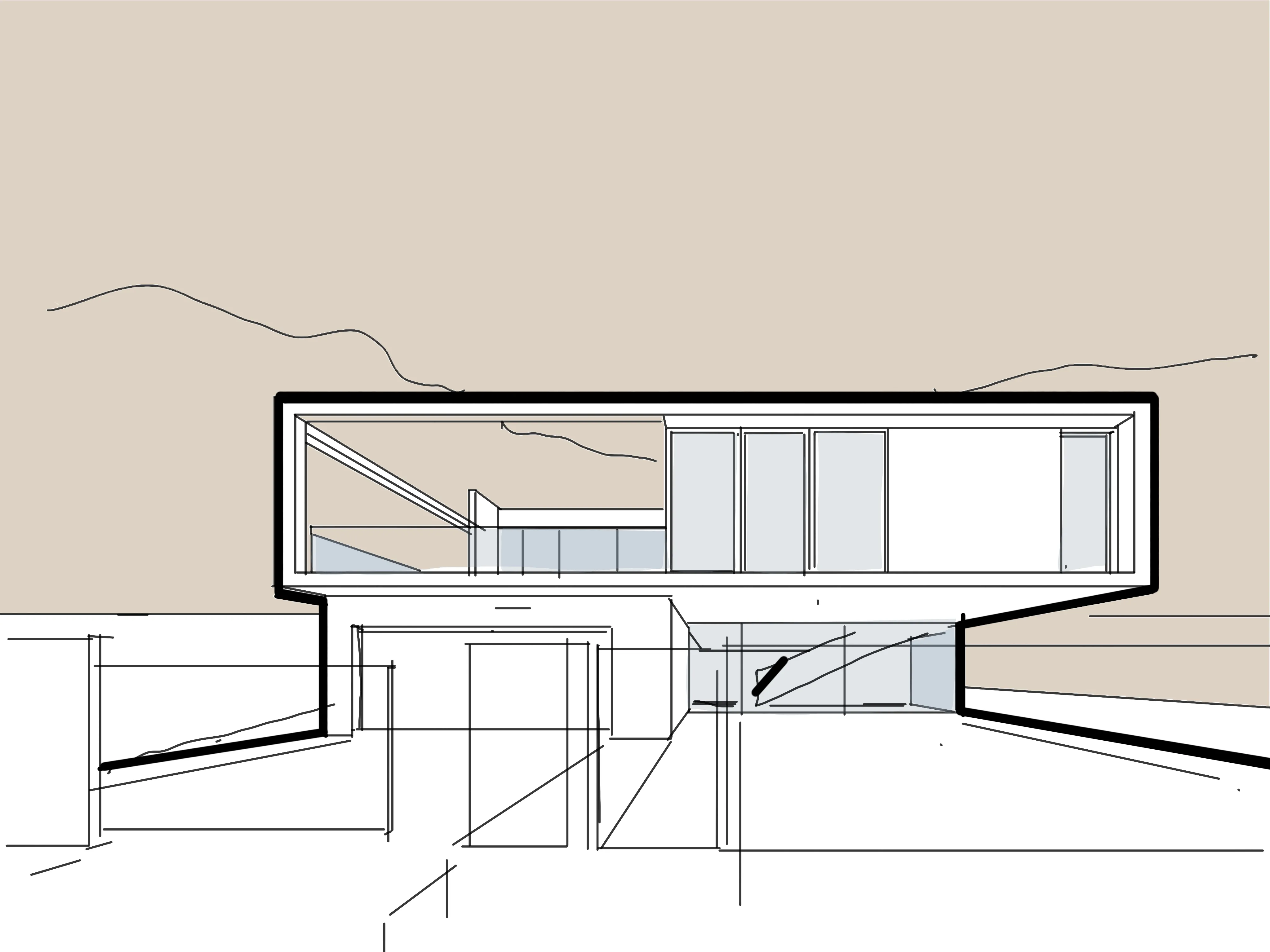
Visoid has also helped Tomasz shorten the time needed to prepare visual materials for client presentations or social media. What used to be hours of post-processing can now be done in minutes. This frees up more time for actual design work, something Tomasz values deeply.
Visoid sped up and significantly shortened the preparation of the ‘visual’ part of my project presentations. It allows me to very, really very quickly create both advanced concepts and quick images used for marketing in social media.
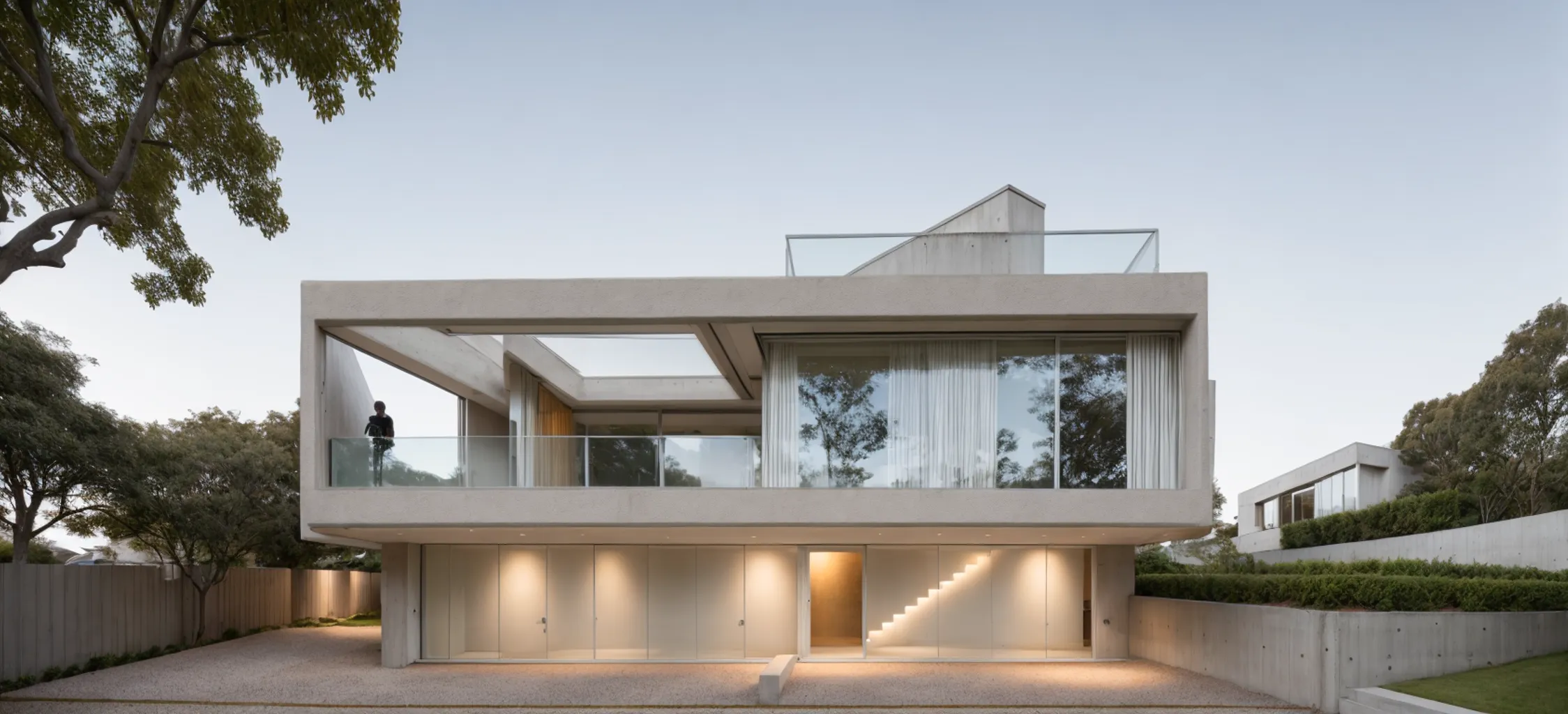
One of the features he values most is the reference image. By aligning the render’s atmosphere with a photo, he’s able to guide the tool toward the feeling he wants to express, without micromanaging details.
Introduction of a reference image was definitely a game changer. I don’t have to spend time on things that are not really crucial to the design but are key to context in presentation.
His suggestion for future improvements? Better handling of people and atmospheric effects, as he sees Visoid as a tool with real potential to support both conceptual and presentational phases of design.
Tomasz’s process is grounded in a belief that architecture should be both emotionally resonant and intellectually clear. Visoid fits into that process not by replacing creativity, but by amplifying it.
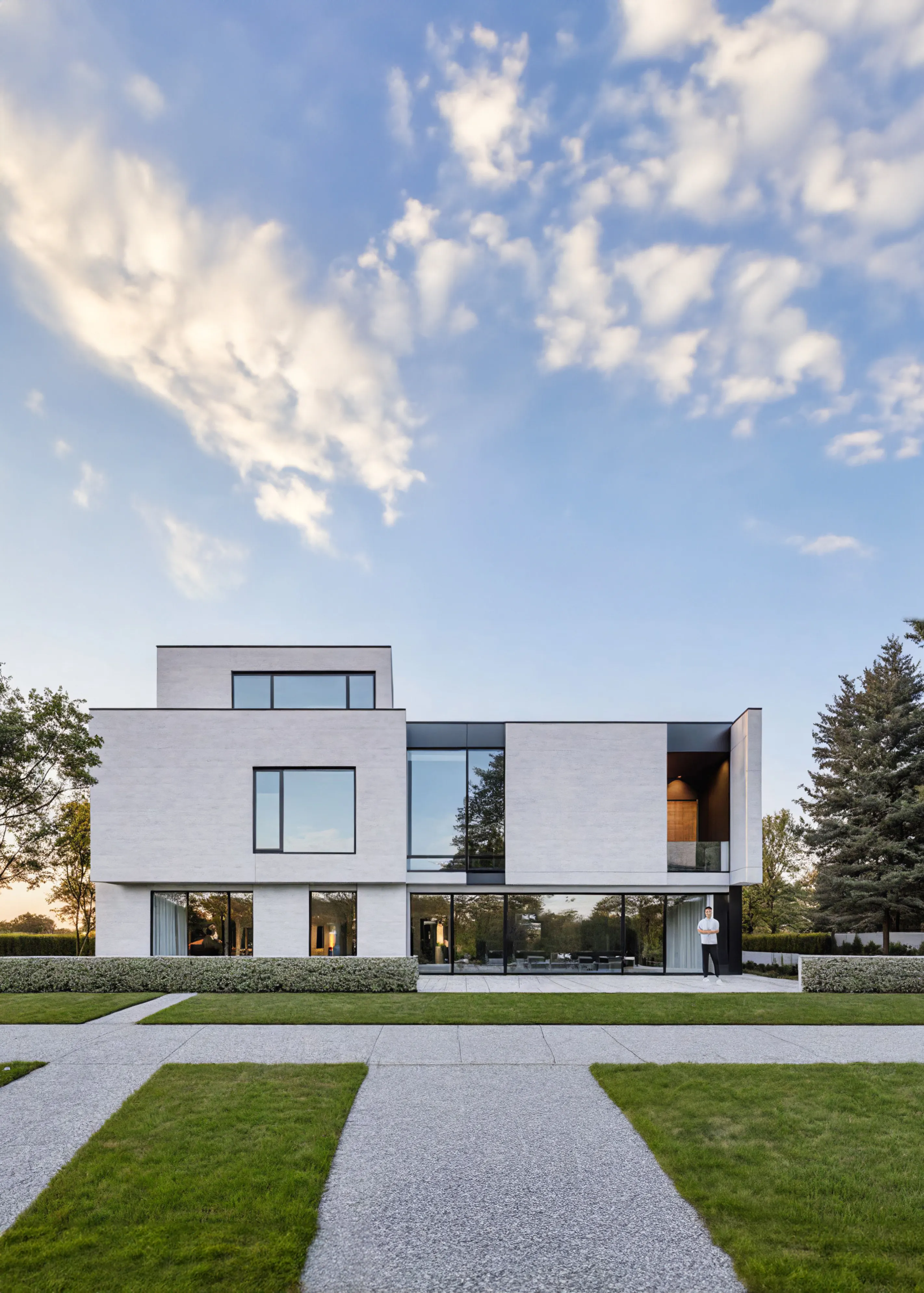
Whether he’s designing a premium residence or a small summer retreat, his goal remains the same. To create spaces that can be described, remembered, and felt.
Sometimes, the clearest way to express that is through a sketch.Other times, through a single, emotionally rich image.
And more often now, through Visoid
👉 Check Tomasz’s work here.